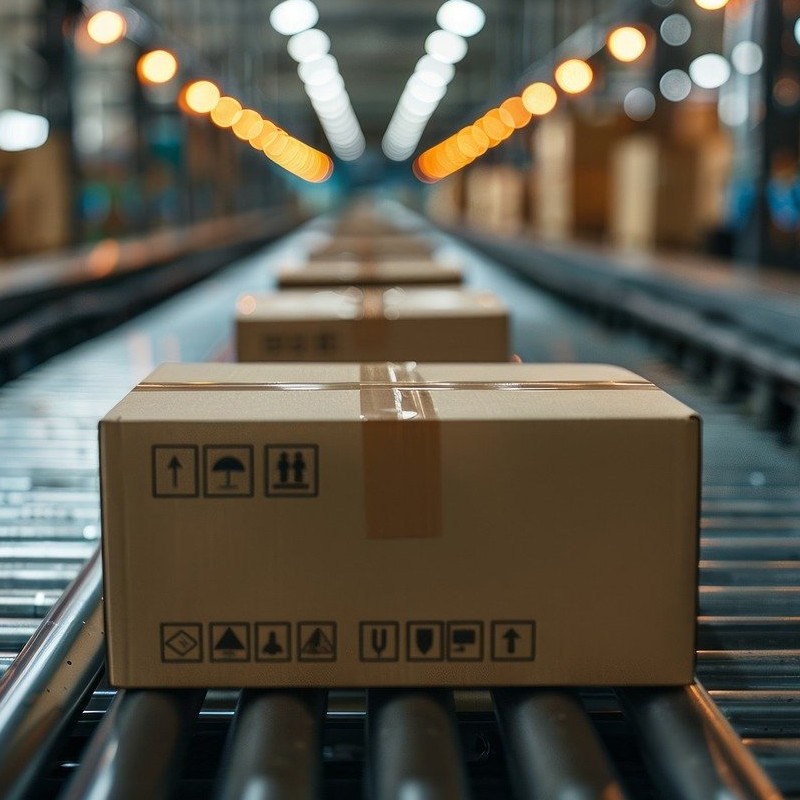Published:
The holiday season is approaching, and as more and more customers flock to prepare their online carts, companies are preparing for the returns and exchanges that will follow. Online shopping, originating in 1979, has become the preferred method for many consumers. This method of shopping has a long list of advantages, but there tend to be some frustrations when it comes to returning items.
A technique becoming more popular across this form of purchasing is the concept of “returnless refunds.” Essentially, this is when retailers give customers free refunds and let them keep the unwanted items. These refunds occur when the shipping fee, processing time, and other balloon costs are ultimately more expensive than just offering the consumer their money back.
This is by no means a new approach. Many companies around the world have already been allowing this practice ssuch as Amazon, Walmart, and Target, who have been offering “returnless refunds” for years. China-founded e-commerce companies Shein and Temu both also offer returnless refunds on a small number of online orders, where online returns constitute a major loss in revenue for companies. In 2021, $761 billion of merchandise was returned to retailers in the United States, posing a significant challenge to their profit margins and operational efficiency. These high volumes of returns not only strain logistics and warehouse capacity, but also contribute to labor and processing costs that can overwhelm supply chains. The complexities of handling returns become even more pronounced during peak shopping seasons, such as the holiday period, when returns surge and create additional pressure on fulfillment centers. Additionally, returns often come with hidden environmental costs that aren’t even considered by your average consumer.
Despite its convenience, the returnless refund method is not without drawbacks. It can lead to increased instances of return fraud and can encourage waste if customers choose to dispose of items instead of reusing or donating them. To curb such risks, some retailers are turning to advanced data analytics and AI to monitor return patterns, flag potential fraud, and encourage consumers to adopt responsible practices when dealing with unwanted goods.
On the positive side, these refunds can significantly enhance customer satisfaction and build long-term loyalty. Hassle-free return experiences rank highly as a determining factor for many consumers when choosing where to shop. Positive return interactions can lead to repeat business and contribute to a retailer’s reputation, giving them a competitive edge in a crowded market. Moreover, the environmental benefits cannot be overlooked. Returnless refunds can help reduce carbon emissions and resource waste associated with shipping products back and forth between customers and distribution centers.
As technology continues to evolve, so too does the approach to managing online returns. The industry is seeing innovations like virtual fitting rooms and AI-driven sizing recommendations that aim to reduce the need for returns by helping customers make more informed purchasing decisions, thereby reducing the frequency of returns. The future of online shopping may well blend seamless return policies with strategies that emphasize environmental responsibility and fraud prevention.
Looking ahead, the future of online shopping is likely to blend seamless return policies with robust sustainability efforts and better fraud prevention measures. Retailers are finding ways to balance consumer expectations for easy returns with the need to maintain profitability and reduce environmental impact. This approach aims to create a win-win situation for both consumers and retailers. Shoppers get the convenience and positive experience they expect, while businesses benefit from cost savings, customer loyalty, and an improved brand image. By combining customer-centric policies with environmental consciousness and advanced fraud detection, retailers are shaping a future that prioritizes convenience, sustainability, and trust.
File under






